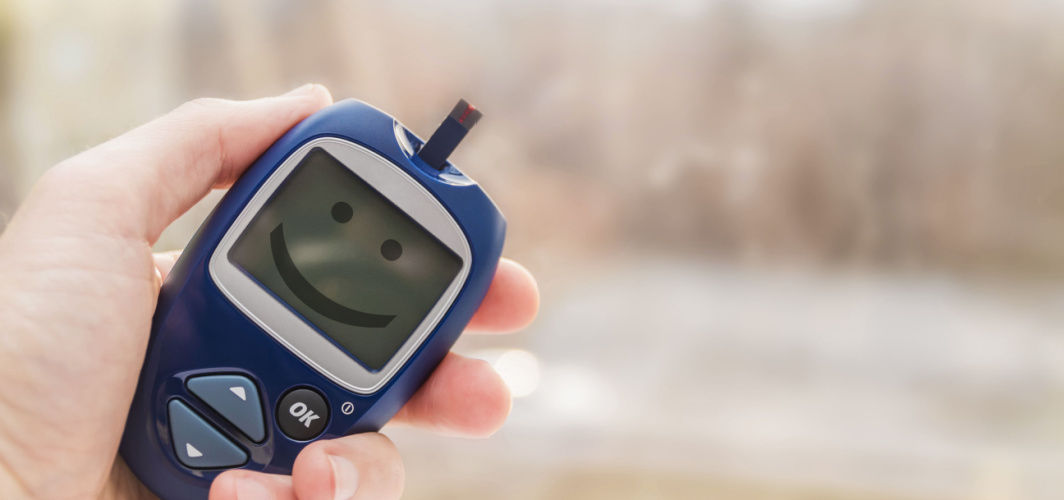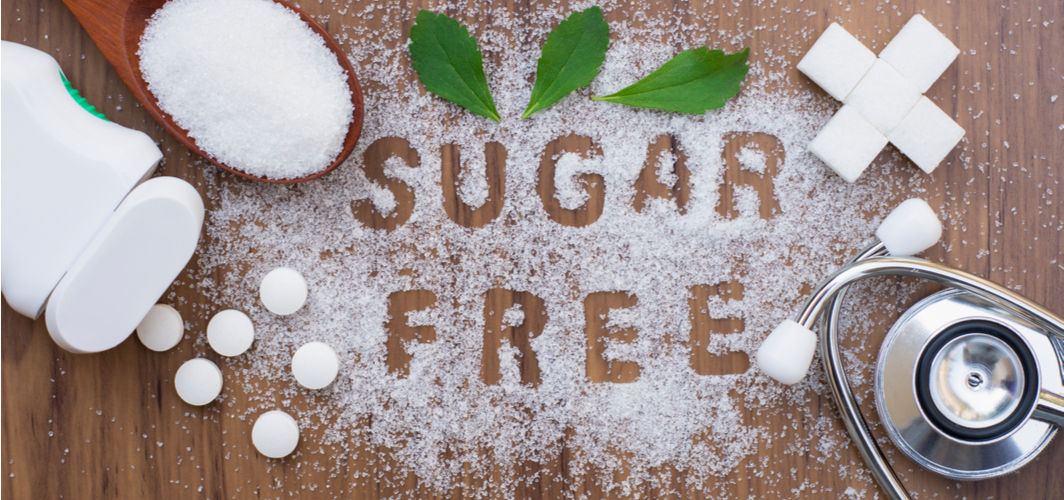Diabetes Management
The Dangers of Diabetic Ketoacidosis
4 min read
By Apollo 24/7, Published on - 05 January 2021, Updated on - 31 August 2023
Share this article
0
2 likes

What is diabetic ketoacidosis?
What are the early warning signs of diabetic ketoacidosis?
- Extremely dry mouth with thirst
- Frequent urination
- Blood glucose levels above 240 mg/dL
- High levels of ketone bodies in the body (can be checked in either urine or blood)
- Pain in the abdomen
- Nausea and vomiting that continues for more than 2 hours
- Weakness and fatigue
- Dry, flushed skin
- Fruity breath that might resemble a nail-polish remover
- Heavy and laboured breathing (also called Kussmaul breathing)
- Mental confusion, irritability and inability to concentrate
- Slurring of speech
- Blurring of vision
- Swelling of the brain, which can make the person feel drunk and behave irrationally.
What causes diabetic ketoacidosis?
- Lack of insulin in the body, either due to missed insulin dose or due to the increased demand of insulin in the body, can trigger ketoacidosis.
- Adverse reaction to insulin can also increase the levels of ketone bodies in the blood.
- Skipping food frequently can increase the levels of ketone in the body.
- Acute infections such as pneumonia or urinary tract infection.
- Medical emergencies such as heart attack or stroke can trigger physiologic stresses in the body, resulting in low insulin production, thereby increasing ketone levels.
- Ketone levels can also spike during pregnancy.
- Use of certain drugs such as corticosteroids, thiazide diuretics, sympathomimetics and sodium-glucose co-transporter 2 (SGLT-2) inhibitors can also trigger ketoacidosis in diabetic people.
Can this dangerous condition be prevented?
- Regular monitoring of blood sugar levels, especially in times of stress or illness.
- Following a strict insulin regimen to make sure that the sugar levels are under control. Discuss with your doctor when and how to increase or reduce the dose of insulin.
- Following the diet and exercise pattern recommended by the endocrinologist and dietician rigorously.
- Checking for ketone bodies with either blood or urine ketone test kit. It is advised to check for ketone bodies every 4 to 6 hours when sugar level spikes to 240 mg/dl or when the person is suffering from an infection (such as cold or flu).
How can diabetic ketoacidosis be treated?
- D: Family/ previous history of diabetes or increased blood sugar levels
- K: Presence of ketone bodies in the urine or blood
- A: Higher levels of acid in the blood
- The patient is given a large volume of fluids intravenously (through the vein) to treat dehydration and to neutralise the acid levels.
- The patient is also given insulin intravenously, one to two hours after the fluids are administered, to lower the blood sugar levels.
- Potassium supplements are given to treat hypokalemia, which is one of the reasons for diabetic ketoacidosis.
- Blood sugar levels, fluid status, acid levels, cardiac status, urine output, blood pressure and electrolyte levels are monitored closely.
- The patient is given antibiotics or other medications in case of any infection that would have triggered ketoacidosis.
Conclusion
Diabetes Management
Leave Comment
Recommended for you

Diabetes Management
How to Check Sugar Levels After a Meal?
Monitoring post-meal sugar levels is important for effective diabetes management, which can be achieved through a glucometer. This includes steps like using a glucometer, checking your blood sugar levels 1-2 hours after your meal, maintaining your hand hygiene before testing, and preparing your lancet device properly. Moreover, tracking and interpreting results equip individuals to make informed decisions about diet, medication, and exercise. You should always get in touch with a diabetologist to ensure tailored guidance, fostering improved blood sugar control and overall health and well-being.

Diabetes Management
Can People with Diabetes Consume Low Calorie Sweeteners?
Common low-calorie sweeteners approved by the FDA include aspartame, acesulfame potassium, saccharin, sucralose, stevia, advantame, and neotame. Though artificial sweeteners are considered safe, long-term or excessive use may have side effects such as altered taste buds, increased cravings for sweets, and a potential association with weight gain, metabolic syndrome, and type 2 diabetes. Consulting with a dietician can help in managing blood sugar levels effectively.

Diabetes Management
Gestational Diabetes: Symptoms, Causes, Diagnosis, Treatment & Prevention
Gestational diabetes is a condition characterised by high blood sugar levels during pregnancy. It usually occurs between the 24th and 28th weeks of pregnancy and can have implications for both the mother and baby. Seeking early healthcare, understanding the symptoms, diagnosis, and treatment, as well as managing potential complications of gestational diabetes are essential for a healthy pregnancy.
Subscribe
Sign up for our free Health Library Daily Newsletter
Get doctor-approved health tips, news, and more.
Visual Stories

8 Fruits That are Incredibly Healthy for Diabetes
Tap to continue exploring
Recommended for you

Diabetes Management
How to Check Sugar Levels After a Meal?
Monitoring post-meal sugar levels is important for effective diabetes management, which can be achieved through a glucometer. This includes steps like using a glucometer, checking your blood sugar levels 1-2 hours after your meal, maintaining your hand hygiene before testing, and preparing your lancet device properly. Moreover, tracking and interpreting results equip individuals to make informed decisions about diet, medication, and exercise. You should always get in touch with a diabetologist to ensure tailored guidance, fostering improved blood sugar control and overall health and well-being.

Diabetes Management
Can People with Diabetes Consume Low Calorie Sweeteners?
Common low-calorie sweeteners approved by the FDA include aspartame, acesulfame potassium, saccharin, sucralose, stevia, advantame, and neotame. Though artificial sweeteners are considered safe, long-term or excessive use may have side effects such as altered taste buds, increased cravings for sweets, and a potential association with weight gain, metabolic syndrome, and type 2 diabetes. Consulting with a dietician can help in managing blood sugar levels effectively.

Diabetes Management
Gestational Diabetes: Symptoms, Causes, Diagnosis, Treatment & Prevention
Gestational diabetes is a condition characterised by high blood sugar levels during pregnancy. It usually occurs between the 24th and 28th weeks of pregnancy and can have implications for both the mother and baby. Seeking early healthcare, understanding the symptoms, diagnosis, and treatment, as well as managing potential complications of gestational diabetes are essential for a healthy pregnancy.